The National Guard is now engaged in an investigation of the havoc a week ago Monday in downtown Washington, similar to after-the-fact examinations more common to battlefields in Iraq and Afghanistan. There will be questions, interviews and competing narratives.
But on one point everyone is agreed: The first days of June, a calamitous period for the Trump presidency, have been a debacle for the National Guard.
There has been a torrent of criticism from Congress, senior retired military officers and Guard members themselves since more than 5,000 Guard troops — from the District of Columbia and a dozen states — were rushed to the streets of the capital to help in the crackdown on mostly peaceful protesters and occasional looters after the killing of George Floyd in police custody. The D.C. Guard has halted recruiting efforts, and at least four National Guard troops have tested positive for the coronavirus.
D.C. Guard members, typically deployed to help after hurricanes, floods and other natural disasters, say they feel demoralized and exhausted. More than 60 percent are people of color, and one soldier said he and some fellow troops were so ashamed in taking part against the protests that they have kept it from family members.
“Typically, as the D.C. National Guard, we are viewed as the heroes,” said another soldier, First Lt. Malik Jenkins-Bey, 42, who was the acting commander of the 273rd Military Police Company during the first days of the protests. But last week was different, he said.
Interviews with two dozen military officials as well as texts, internet chats, audio recordings, emails and documents obtained by The New York Times also show that:
-
Senior Army leaders — in an effort to prevent what they feared would be a calamitous outcome if President Trump ordered combat troops from the 82nd Airborne Division holding just outside city limits to the streets — leaned heavily on the Guard to carry out aggressive tactics to prove it could do the job without active-duty forces.
-
Guard leaders issued a flurry of ad hoc orders that put thousands of Guard troops in face-to-face conflict with fellow Americans.
-
Some of the Guard troops were just out of basic training, and others had no experience in controlling disturbances in the streets. Troops were allowed to drive heavy vehicles on the streets without the usual licensing.
In the next days, the Army is expected to release the results of a preliminary investigation into why the helicopters — a Black Hawk and, in particular, a Lakota with the Red Cross emblem designating it a medical helicopter — came to be used to terrorize protesters in Washington.


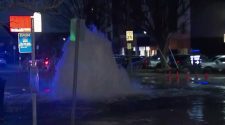
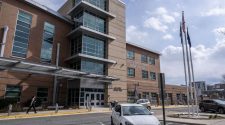

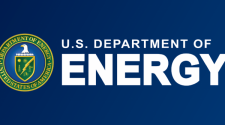

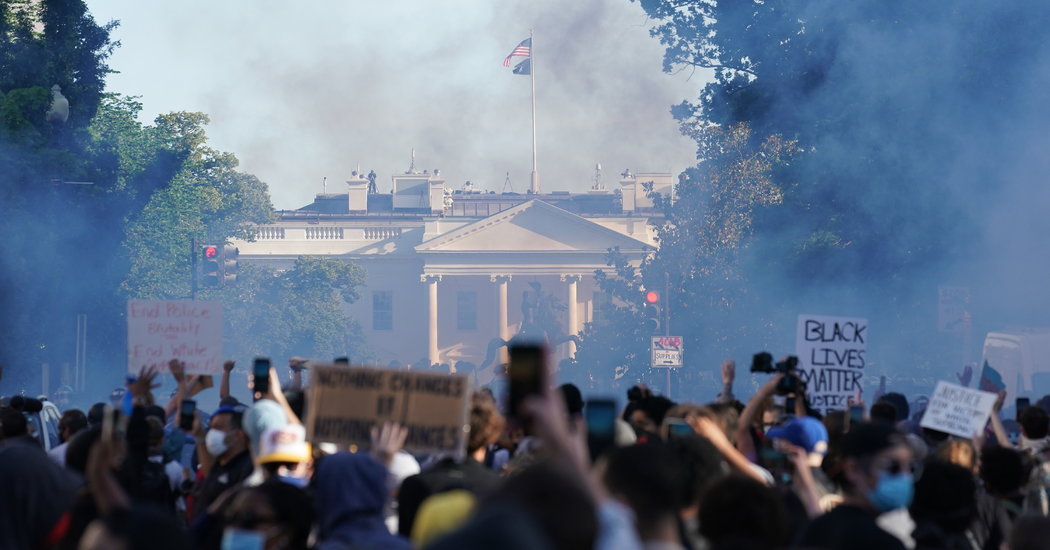
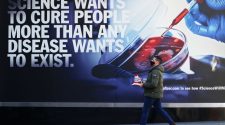
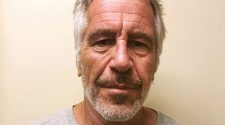
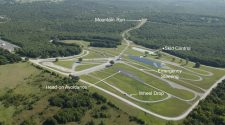
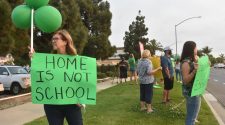


DAVID BUIK: Investors’ love of technology is here to stay